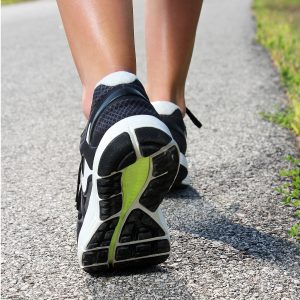If you’re new to running, you want to make sure you start off with your best foot forward. The last thing you want is to get into training, just to find out that you’re damaging your health. Here are six tips you need to follow to get started to give yourself the best possible start.
Find Comfortable Shoes and Clothes
Your shoes are the most important aspect, but you also need to make sure you get the best clothing. Shoes that are too small or big will lead to blisters and hot spots that make running really difficult.
If clothing isn’t comfortable, it can lead to chaffing and blisters in other places, like between your thighs. You don’t want the pain to stop you from giving this form of fitness a go.


Build Up Your Distance and Speed
Don’t just straight into doing a 5K run in 20 minutes. You need to build up your distance and your speed. It will take time, and there is no reason to be ashamed of your hour long 5K.
At least you’ve completed it! Even if you’ve done other exercise, running uses different muscle groups and techniques, so it will take some time to get used to them.
Think About Your Form
Focus on the way you run. You can’t just get out on the street with your arms flailing around. You need to limit your arm movements to conserve energy, and focus on the way that you run.
This will affect the type of running shoes you need. If you run with your heel first, you will need shoes that offer more padding there for example.


Focus on Your Core Strength
It’s normal to think running is all about your legs. However, your core muscles will help you improve your technique, speed and stamina.
All your exercises shouldn’t involve just running. Consider doing strength exercises at home some days, or working in some core exercises during your running training.
Keep It Interesting
If you go the same route every day for the same amount of time, you’re going to get bored. After two weeks, you’ll just give up running completely. You need to change it around. Spend a day doing interval training and then go on a long distance run the next.
You don’t need to run every day either. You can try out a new swimming routine, opt for some resistance training or even give your core a good workout. Keeping it interesting also stops your body from getting used to it all.


Remember to Stretch
You need to stretch your muscles before and after you train. Beforehand will help you warm them up and avoid injury during your training. Afterwards will help you improve your recovery time, so you can get back to training sooner and easier.
You will also prevent the lactic acid build up that can lead to excruciating cramp. Spend 10 minutes on stretches before and after to really make the most of this.